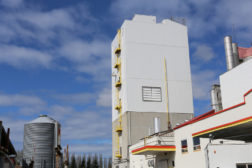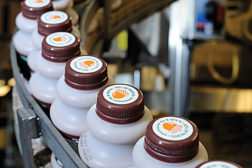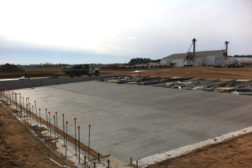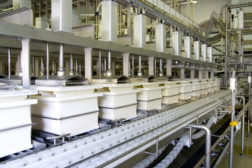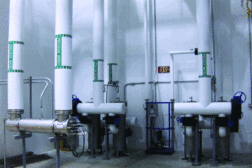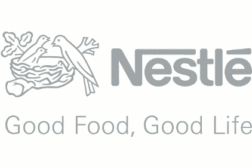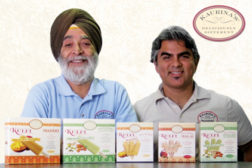Processing
Construction
Darigold exports two thirds of its milk powder production and three-quarters of its whey products.
Read More
Filling New England's dairy needs: Inside Oakhurst's plant
Oakhurst Dairy of Maine processes quality dairy and nondairy beverages and cultured products for its retail, commercial and private-label customers. It also operates a successful sustainability program that reduces energy, water and waste.
April 16, 2013
Tharp & Young On Ice Cream
Formulating low-calorie ice cream
There is more than one route to reducing calories in frozen desserts. The choice of dairy ingredients, sweeteners and processing techniques all play a role.
April 13, 2013
Dairy industry hiring trends in 2013: there will be jobs
The competition for jobs is fierce. Here’s why you couldn’t seal the deal last year on that ‘Holy Grail’ candidate.
January 16, 2013
Construction
Wisconsin cheesemaker builds storage addition to aid its retail sales efforts
Burnett Dairy Cooperative built a 25,000-square-foot cold and dry storage addition to help it serve its growing retail customer base.
December 24, 2012
ERP software
Tips for choosing the correct Enterprise Resource Planning software
When choosing a new ERP system, look for a solution with built-in features specifically for highly regulated industries, such as dairy.
November 29, 2012
Food safety
Signs, labels and tags protect dairy products in the plant
Matching the proper labeling supply to the application takes an understanding of the hundreds of chemicals used at chemical washdown sites.
November 28, 2012
The heart (and heat) of dairy processing
Unless you make raw-milk products, you need a pasteurizer and a heat exchanger. A panel of experts answers your questions about pasteurizing milk and nondairy beverages.
October 13, 2012
Jamaican me thirsty
Nestle builds a new line at Jamaican production facility
The new line makes the fortified meal supplement drink called Supligen.
September 20, 2012
Kulfi talk
Kaurina's kulfi: an Indian ice cream-style treat is made in Texas
September 19, 2012
Stay ahead of the curve. Unlock a dose of cutting-edge insights.
Receive our premium content directly to your inbox.
SIGN-UP TODAYCopyright ©2024. All Rights Reserved BNP Media.
Design, CMS, Hosting & Web Development :: ePublishing
